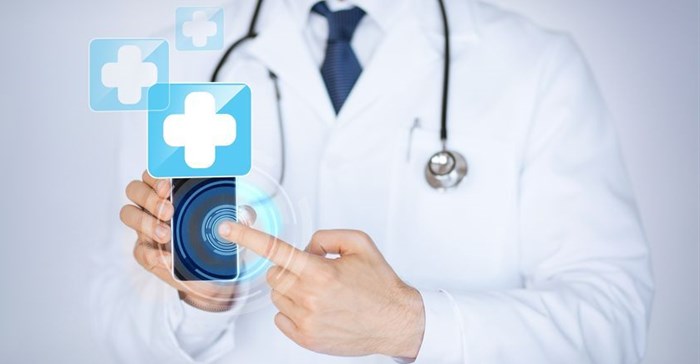Self-diagnostic app helps pinpoint virus hotspots
The project is the product of a strong coalition between the United Nations Institute for Training and Research (Unitar); the Global Surgery Foundation; the Rali and Makentse Mampeule Foundation; the University of Cape Town Division of Global Surgery; and Slalom.
In its role of assisting the authorities to identify communities with a high prevalence of Covid-19 symptoms, the dashboard will facilitate subsequent targeted testing and treatment interventions,
In short, It allows the Department of Health to:
- Control the spread of Covid-19 via focused identification and testing;
- Focus limited Covid-19 testing and treatment resources effectively;
- Predict new in-country spread for early interventions;
- Identify “safe zones” in which the economy can be kickstarted.
The application, which is designed specifically for South African users, requires low data bandwidth and is available in local languages.
The launch comes as the World Health Organisation warns that the death toll on the continent could reach 190,000 and that transmission patterns will follow a course different from that seen on other continents.
Recent recommendations by South Africa’s leading infectious diseases professionals advise the adoption of “self-reporting of symptoms via an app-based programme on mobile phones”.
This completely voluntary self-diagnostic tool collects data that is fully anonymous, allows users to assess symptoms and guides them to the next course of action and identifies potential hotspots and communities at risk. It will support health policy leaders in making critical decisions, including prioritising resource allocations, targeting testing efforts, and making informed life-saving decisions in the fight against Covid-19.
Following the South African launch, the application will be rolled out to other African countries in the upcoming months.
For health workers, it will allow them to identify areas of high risk, especially where testing is limited. This will be critical for saving lives and preventing the further spread of the disease.
The application is particularly exciting because it:
- Provides an easy, low-data self-assessment tool that will help identify communities that are home to a high number of people with Covid-19 symptoms. Testing and treatment can then be appropriately implemented.
- Assists individuals with self-diagnosis, allowing them to make an informed decision to seek further healthcare.
- Allows healthcare providers to utilise limited medical resources more effectively.
- Will help control the second and third waves of Covid-19 by providing accurate aggregated data to help inform policy decisions.







